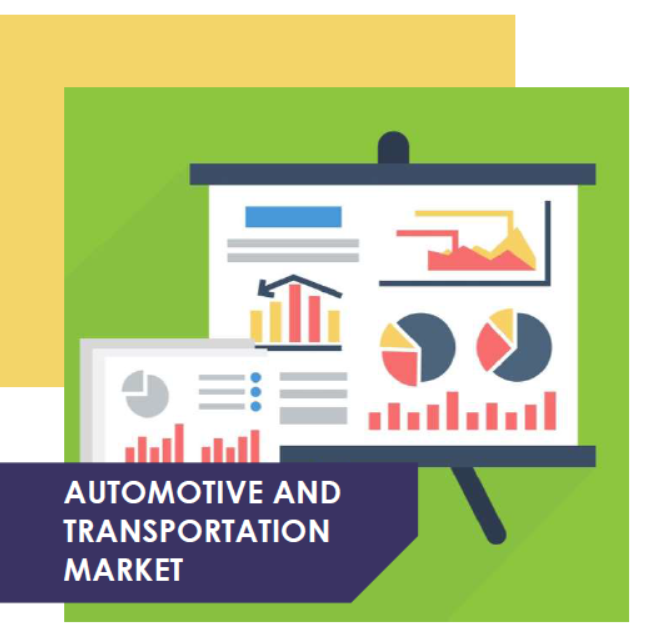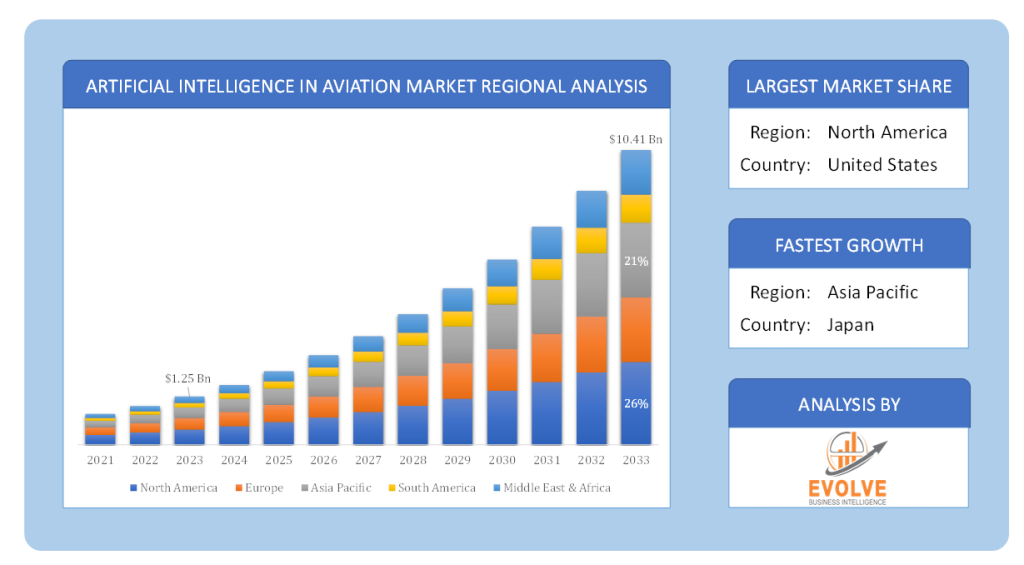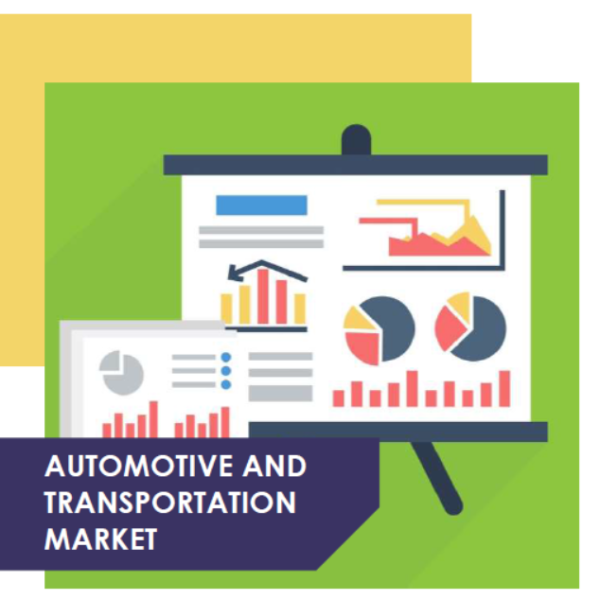Automotive Substrates Market Analysis and Global Forecast 2023-2033
$1,390.00 – $5,520.00Price range: $1,390.00 through $5,520.00
Automotive Substrates Market Research Report: Information By Type (Thin Film Substrates, Thick Film Substrates), By Application (Vehicle Components, Electric Vehicles (EVs), Exhaust Systems, Safety Systems, Interior and Exterior Trims, Infotainment and Connectivity), and by Region — Forecast till 2033
[vc_row][vc_column width=”2/3″][vc_column_text woodmart_inline=”no” text_larger=”no”]
Automotive Substrates Market Overview
The Automotive Substrates Market Size is expected to reach USD 8.74 Billion by 2033. The Automotive Substrates industry size accounted for USD 4.51 Billion in 2023 and is expected to expand at a compound annual growth rate (CAGR) of 4.68% from 2023 to 2033. Automotive Substrates refer to the materials or components used in the construction and manufacturing of automotive systems and parts. These substrates serve as the foundation or base upon which other components or functionalities are built or integrated. Automotive substrates can include various materials such as metals, alloys, composites, polymers, and ceramics, depending on the specific application and requirements. These substrates play a critical role in providing structural support, electrical conductivity, thermal management, and mechanical stability to automotive components and systems, contributing to the overall performance, safety, and durability of vehicles.
Global Automotive Substrates Market Synopsis
The COVID-19 pandemic had a profound impact on the Automotive Substrates market. The automotive industry faced disruptions in production and supply chains as lockdowns and restrictions imposed to curb the spread of the virus resulted in plant closures and reduced consumer demand. This, in turn, affected the demand for automotive substrates as manufacturers scaled back production and faced challenges in sourcing raw materials. Furthermore, the global economic downturn caused by the pandemic led to decreased consumer purchasing power and delayed vehicle purchases, further dampening the demand for automotive substrates. However, as the industry gradually recovered, aided by stimulus measures and easing restrictions, the market for automotive substrates began to rebound. The focus on electric vehicles, lightweight materials, and sustainability also continued to drive the demand for innovative and advanced automotive substrates, presenting opportunities for growth and adaptation in the post-pandemic automotive landscape.
Automotive Substrates Market Dynamics
The major factors that have impacted the growth of Automotive Substrates are as follows:
Drivers:
The increasing demand for lightweight and high-performance materials
This is driven by the automotive industry’s focus on improving fuel efficiency, reducing emissions, and enhancing vehicle performance. Lightweight substrates such as aluminum, carbon fiber composites, and advanced high-strength steels offer weight reduction benefits, resulting in improved fuel economy and lower greenhouse gas emissions. These materials also provide enhanced structural integrity and safety, contributing to the overall performance and durability of vehicles.
Restraint:
- The high cost associated with advanced materials
The Automotive Substrates market is the high cost associated with advanced materials and manufacturing processes. Materials like carbon fiber composites and advanced alloys can be expensive, making them less accessible for mainstream automotive applications. Additionally, the production and processing techniques required for these substrates often involve specialized equipment and expertise, further driving up the costs. The high cost of automotive substrates can pose challenges for automakers in terms of affordability and cost competitiveness, limiting their widespread adoption.
Opportunity:
The growing demand for electric vehicles (EVs)
An opportunity in the Automotive Substrates market lies in the growing demand for electric vehicles (EVs). As the adoption of EVs continues to rise, there is a need for substrates that can support the unique requirements of electric drivetrains, including battery packs and electric motors. Lightweight and thermally conductive substrates, such as aluminum and ceramic materials, offer advantages in EV applications by improving energy efficiency and optimizing thermal management. Additionally, the transition to EVs presents an opportunity for innovative substrate materials and designs that can address specific challenges related to range, charging infrastructure, and vehicle performance.
Automotive Substrates Segment Overview
By Type
 Based on Type, the market is segmented based on Thin Film Substrates, Thick Film Substrates. The Thin Film Substrates segment is expected to witness significant growth during the forecast period. This projection is based on several factors that contribute to the increasing demand for thin film substrates in various industries. Thin film substrates are characterized by their thin and flexible nature, making them suitable for applications requiring lightweight and compact designs. These substrates find extensive use in sectors such as electronics, semiconductors, solar panels, and optical coatings, among others. The growing adoption of advanced technologies, such as wearable devices, flexible displays, and Internet of Things (IoT) devices, is driving the demand for thin film substrates.
Based on Type, the market is segmented based on Thin Film Substrates, Thick Film Substrates. The Thin Film Substrates segment is expected to witness significant growth during the forecast period. This projection is based on several factors that contribute to the increasing demand for thin film substrates in various industries. Thin film substrates are characterized by their thin and flexible nature, making them suitable for applications requiring lightweight and compact designs. These substrates find extensive use in sectors such as electronics, semiconductors, solar panels, and optical coatings, among others. The growing adoption of advanced technologies, such as wearable devices, flexible displays, and Internet of Things (IoT) devices, is driving the demand for thin film substrates.
By Application
Based on Application, the market has been divided into Vehicle Components, Electric Vehicles (EVs), Exhaust Systems, Safety Systems, Interior and Exterior Trims, Infotainment, and Connectivity. The Electric Vehicles (EVs) dominate the Automotive Substrates Market. This dominance is driven by several factors that have fueled the growth of EVs in recent years. The shift towards electric mobility is primarily motivated by environmental concerns, as EVs offer reduced emissions and contribute to the decarbonization of transportation. As a result, there has been a surge in demand for automotive substrates that support the unique requirements of EVs, such as lightweight materials for improved energy efficiency, thermal management substrates for battery cooling, and high-strength materials for structural integrity.
Global Automotive Substrates Market Regional Analysis
Based on region, the global Automotive Substrates market has been divided into North America, Europe, Asia-Pacific, the Middle East & Africa, and Latin America. North America is projected to dominate the use of the Automotive Substrates market followed by the Asia-Pacific and Europe regions.
 North America Market
North America Market
North America has indeed maintained a dominant position in the Automotive Substrates market. This market dominance can be attributed to several factors. Firstly, North America is home to some of the largest automotive manufacturers and suppliers globally, which creates a strong demand for automotive substrates in the region. Additionally, the region has a robust automotive industry ecosystem, encompassing research and development facilities, advanced manufacturing capabilities, and a skilled workforce. This enables North American companies to innovate and develop cutting-edge automotive substrates that meet evolving industry requirements. Furthermore, North America has been at the forefront of technological advancements in automotive materials, including lightweight materials and advanced composites, which are widely used as substrates in the industry. As a result, North America has emerged as a key market for automotive substrates, showcasing its dominant position in the industry.
Asia-Pacific Market
The Asia-Pacific region has emerged as a rapidly growing market for the Automotive Substrates industry. Several factors contribute to this growth. Firstly, the region is witnessing significant expansion in the automotive sector, with countries like China, Japan, South Korea, and India experiencing robust growth in vehicle production and sales. This surge in automotive manufacturing creates a substantial demand for automotive substrates in the Asia-Pacific region. Additionally, the region has become a hub for automotive component production, attracting investments from both domestic and international manufacturers. With a focus on technological advancements, including lightweight materials, advanced composites, and electric vehicle technologies, the Asia-Pacific region is driving innovation in automotive substrates. Furthermore, favorable government policies and incentives to promote electric mobility are propelling the demand for substrates specific to electric vehicles.
Competitive Landscape
The global Automotive Substrates market is highly competitive, with numerous players offering a wide range of software solutions. The competitive landscape is characterized by the presence of established companies, as well as emerging startups and niche players. To increase their market position and attract a wide consumer base, the businesses are employing various strategies, such as product launches, and strategic alliances.
Prominent Players:
- Ibiden
- LG Innotek
- Kyocera
- Corning
- Simmtech
- NIKKO
- Anaren
- NGK Ceramics
- Maruwa
- Rogers Germany
- CoorsTek
- Leatec Fine Ceramics
Key Development
In December 2022, Viettel High Tech and AMD accomplished a successful deployment of a 5G mobile network field trial using AMD Xilinx Zynq UltraScale+ MPSoC devices. Viettel High Tech, the largest telecommunications operator in Vietnam with more than 130 million mobile customers, has a track record of utilizing AMD radio technology in their previous 4G deployments. The collaboration aims to expedite the implementation of new 5G remote radio heads to address the escalating requirements for capacity and performance among mobile users globally.
Scope of the Report
Global Automotive Substrates Market, by Type
- Thin Film Substrates
- Thick Film Substrates
Global Automotive Substrates Market, by Application
- Vehicle Components
- Electric Vehicles (EVs)
- Exhaust Systems
- Safety Systems
- Interior and Exterior Trims
- Infotainment and Connectivity
Global Automotive Substrates Market, by Region
- North America
- US
- Canada
- Mexico
- Europe
- UK
- Germany
- France
- Italy
- Spain
- Benelux
- Nordic
- Rest of Europe
- Asia Pacific
- China
- Japan
- South Korea
- Indonesia
- Austalia
- Malaysia
- India
- Rest of Asia Pacific
- South America
- Brazil
- Argentina
- Rest of South America
- Middle East & Africa
- Saudi Arabia
- UAE
- Egypt
- South Africa
- Rest of Middle East & Africa
| Parameters | Indicators |
|---|---|
| Market Size | 2033: $8.74 Billion |
| CAGR | 4.68% CAGR (2023-2033) |
| Base year | 2022 |
| Forecast Period | 2023-2033 |
| Historical Data | 2021 |
| Report Coverage | Revenue Forecast, Competitive Landscape, Growth Factors, and Trends |
| Key Segmentations | Type, Application |
| Geographies Covered | North America, Europe, Asia-Pacific, Latin America, Middle East, Africa |
| Key Vendors | Ibiden, LG Innotek, Kyocera, Corning, Simmtech, NIKKO, Anaren, NGK Ceramics, Maruwa, Rogers Germany, CoorsTek, Leatec Fine Ceramics |
| Key Market Opportunities | • Electric Vehicle (EV) Adoption • Advanced Safety and Connectivity Features |
| Key Market Drivers | • Demand for Lightweight Materials |
REPORT CONTENT BRIEF:
- High-level analysis of the current and future Automotive Substrates market trends and opportunities
- Detailed analysis of current market drivers, restraining factors, and opportunities in the future
- Automotive Substrates market historical market size for the year 2021, and forecast from 2023 to 2033
- Automotive Substrates market share analysis at each product level
- Competitor analysis with detailed insight into its product segment, Government & Defense strength, and strategies adopted.
- Identifies key strategies adopted including product launches and developments, mergers and acquisitions, joint ventures, collaborations, and partnerships as well as funding taken and investment done, among others.
- To identify and understand the various factors involved in the global Automotive Substrates market affected by the pandemic
- To provide a detailed insight into the major companies operating in the market. The profiling will include the Government & Defense health of the company’s past 2-3 years with segmental and regional revenue breakup, product offering, recent developments, SWOT analysis, and key strategies.
[/vc_column_text][/vc_column][vc_column width=”1/3″][vc_column_text woodmart_inline=”no” text_larger=”no”][html_block id=”3961″][/vc_column_text][vc_wp_text]
Press Release
[rpwe limit=”10″ thumb=”true”][/vc_wp_text][/vc_column][/vc_row][vc_row][vc_column][vc_column_text woodmart_inline=”no” text_larger=”no”]
Frequently Asked Questions (FAQ)
[sp_easyaccordion id=”12295″][/vc_column_text][/vc_column][/vc_row]





